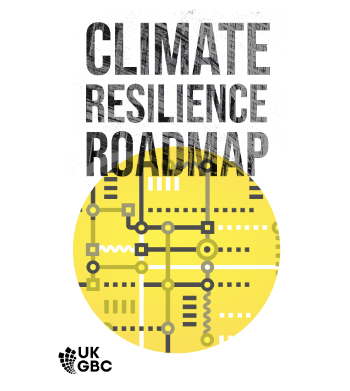Water table
The ‘water table’ is the below-ground level that marks the transition between ground that is saturated with water and ground that is not saturated. The upper, unsaturated level, is known as the 'capillary fringe' or 'zone of aeration'. The lower, saturated level, is known as the 'zone of saturation'. An aquifer is a pocket of water that is found below the water table.
As water moves down from the surface it filters through sediments and rocks and causes the water table to fluctuate. The water table typically follows the topography of the above-ground land, but sometimes intersects with the land surface, which may be evident from the presence of spring or oasis.
The level of the water table is influenced by:
- Geology: Heavy, dense rocks are capable of holding less water than light, porous rocks.
- Weather: which is why it tends to fluctuate seasonally.
- Vegetation.
- Snowmelt.
- Extraction: for industrial purposes, drinking water and so on.
- The way land is used: it is common for urban areas to have predominantly impervious surfaces such as roads, car parks and public spaces, and these prevent the seepage of water into the ground. Instead it becomes run off, and the water table can dip as a result.
The SuDS Manual (C753), published by CIRIA in 2015 defines the water table as: 'The point where the surface of groundwater can be detected. The water table may change with the seasons and with annual rainfall.'
[edit] Related articles on Designing Buildings
Featured articles and news
Latest Build UK Building Safety Regime explainer published
Key elements in one short, now updated document.
UKGBC launch the UK Climate Resilience Roadmap
First guidance of its kind on direct climate impacts for the built environment and how it can adapt.
CLC Health, Safety and Wellbeing Strategy 2025
Launched by the Minister for Industry to look at fatalities on site, improving mental health and other issues.
One of the most impressive Victorian architects. Book review.
Common Assessment Standard now with building safety
New CAS update now includes mandatory building safety questions.
RTPI leader to become new CIOB Chief Executive Officer
Dr Victoria Hills MRTPI, FICE to take over after Caroline Gumble’s departure.
Social and affordable housing, a long term plan for delivery
The “Delivering a Decade of Renewal for Social and Affordable Housing” strategy sets out future path.
A change to adoptive architecture
Effects of global weather warming on architectural detailing, material choice and human interaction.
The proposed publicly owned and backed subsidiary of Homes England, to facilitate new homes.
How big is the problem and what can we do to mitigate the effects?
Overheating guidance and tools for building designers
A number of cool guides to help with the heat.
The UK's Modern Industrial Strategy: A 10 year plan
Previous consultation criticism, current key elements and general support with some persisting reservations.
Building Safety Regulator reforms
New roles, new staff and a new fast track service pave the way for a single construction regulator.
Architectural Technologist CPDs and Communications
CIAT CPD… and how you can do it!
Cooling centres and cool spaces
Managing extreme heat in cities by directing the public to places for heat stress relief and water sources.
Winter gardens: A brief history and warm variations
Extending the season with glass in different forms and terms.
Restoring Great Yarmouth's Winter Gardens
Transforming one of the least sustainable constructions imaginable.






















